11 Beginner Mistakes That Cripple Blogs in Their First Year
More and more companies are taking the content marketing plunge. It’s growing so fast, that 77% of companies increased their content production in 2015.
But the increase in competition has resulted in a crowded content marketing landscape. Most company blogs manage to get only a trickle of traffic every year.
Success starts with laying a strong foundation, right? Yet, most businesses mess this up. And, once you do, it’s hard to recover.
New to blogging? Avoid these 11 beginner mistakes that cripple blogs in their first year.
If you want to fast track your success and succeed in the world of content marketing, avoid the 11 mistakes below.
1. Writing without defining your target audience and a blogging strategy

Who are you writing for – Are they business marketers with annual revenues of $1M? Or are you targeting individuals with a yearly income of $100,000?
Are they predominantly male or female? What are their pain points? What do they like doing in their spare time?
You need to know relevant and specific details about your audience. Then use those details to devise a blogging strategy that appeals to your audience.
Don’t fool yourself into thinking that your audience will find you. As an artist, it’s your duty to convey your work to as many souls as possible.
 Writing content that resonates with your target audience has a stronger chance of helping you fulfill your business goals.
Writing content that resonates with your target audience has a stronger chance of helping you fulfill your business goals.
You need to talk to them in their language using the platforms that they use.
Boundless shows you how to keep your audience in mind while writing.
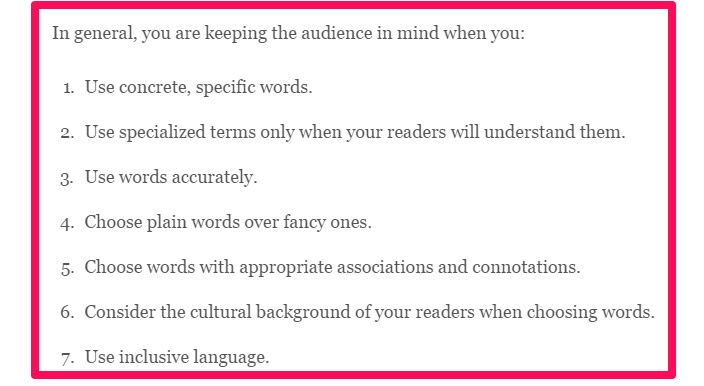
Let me share an actionable strategy to document your audience details and attract quality leads through your content.
Create a marketing persona: Everyone creating content for your blog should have the same vision about your audience. Creating a persona means applying a name and background to your customers. It’s like an educated guess of who your blog readers are.
If you’re aware of the goals, challenges and demographics of your audience:
You can relate to them and write as humans.
Let us look at an example – Tom created by Visual Creatives.

You find relevant details ranging from Tom’s personal goals to his pain points to a day in his life.
You can create your first marketing persona using this free template from HubSpot.
Remember, the purpose of a persona is to make your content more relevant and appealing to your customers.
It’s great to dig deeper into your audience preferences, but do not drown in irrelevant details herunterladen. Focus on making the persona actionable.
Once you have the persona, imagine that you’re talking to them one-to-one while writing. It’ll help you in crafting your words in a conversational and engaging writing tone.
A tool to spy on your competitor’s audience: Before you create your persona, you may want to spy on your competitor’s audience demographics.
Plug your competitor’s website URL in Quantcast and click on ‘Demographics’ in the left sidebar. For example, here is a look at Lifehacker’s audience demography.
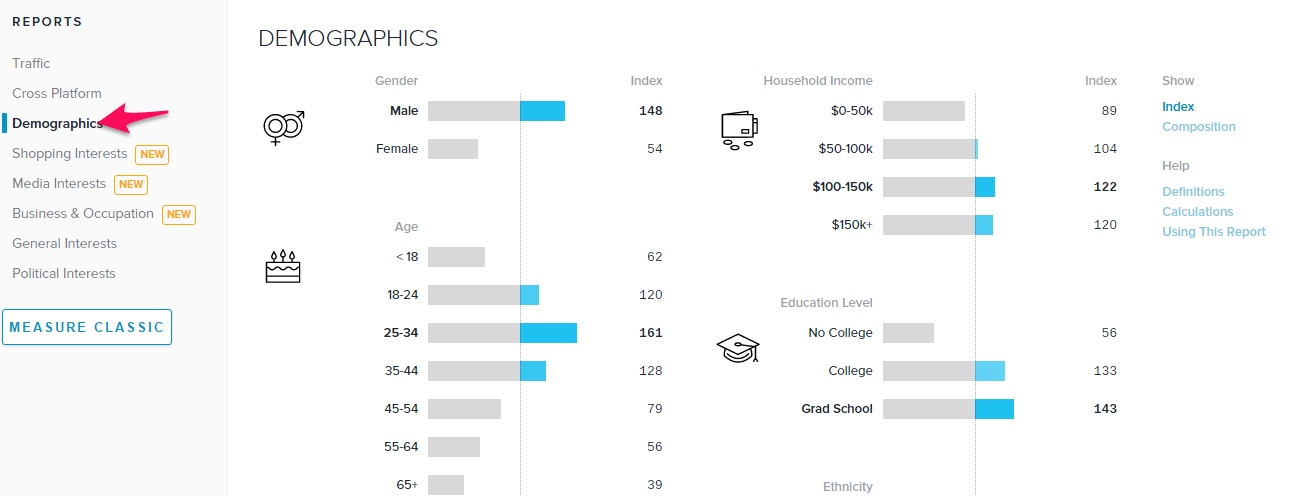
Note: You cannot appeal to everyone but you can write copy targeting more than one audience on a single page. Just create a Venn Diagram and define the overlapping pain points.
2. Not creating an email list
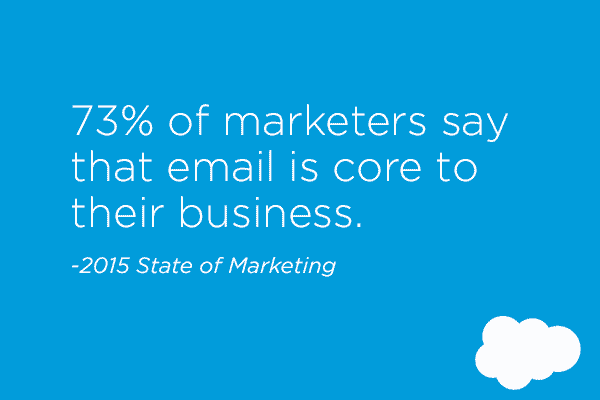
Have you heard of John Chow and Gregory Ciotti?
They’re among the finest bloggers in the make-money-online and the online marketing niches, respectively.
Do you know the biggest blogging mistake that both of them admit?
It’s not creating an email newsletter from day 1.

Email is the most effective marketing channel for businesses – It’s 40 times more effective than social media.
It brings repeat traffic to your website and, best of all, email newsletters are easy to create.
Look at my traffic numbers at NeilPatel.com in March of this year (my list size was only 3,612 at that time).
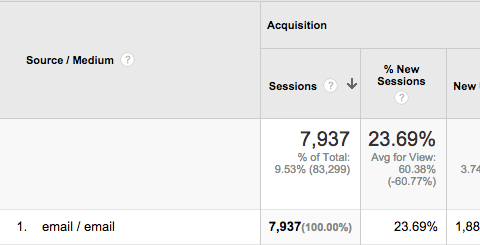
Even at Quick Sprout, 16.25% of my blog traffic came from email in July, 2014.
Your email subscribers are loyal and engaged… they’re the first to comment and take action on your posts. They trigger social media distribution of your content by sharing your articles.
35.7% of all blog comments for June, 2014 at Quick Sprout came through email.

For the same period, 34.3% of clicks on social media buttons also came through email.

Sales from email trump social media platforms – Understand that building your email list is not a luxury. And, it’s definitely not dead.

Every dollar you spend on email marketing has a return of $44.25. It has a conversion rate 3 times higher than social media, with a 17% higher value in each conversion.
So, how can you funnel your website visitors into your email list?
By offering them a value adding resource like an eBook or a free course.

I have covered 15 actionable tips in a previous post.
And here is a list of 67 email collecting tools. You can start with these two tools – Thrive Leads and Hello Bar windows 10 operating system.

3. Not creating an editorial calendar or sticking to a schedule
As soon as you lift your feet off the gas pedal, the traffic drop starts.
And remember it’s exponential in nature, not linear.
It took me almost 3 months to recover the traffic drop from not posting for 1 month.
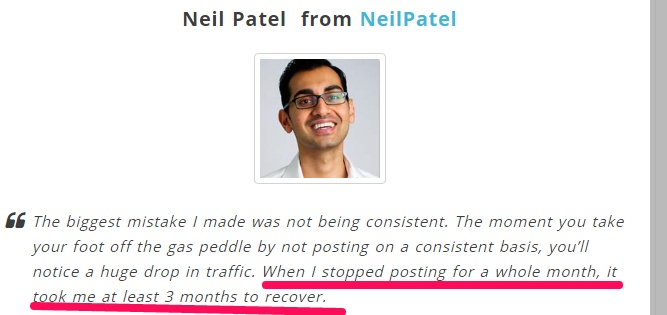
Buffer also reported a 4% drop in traffic from not posting for a month.
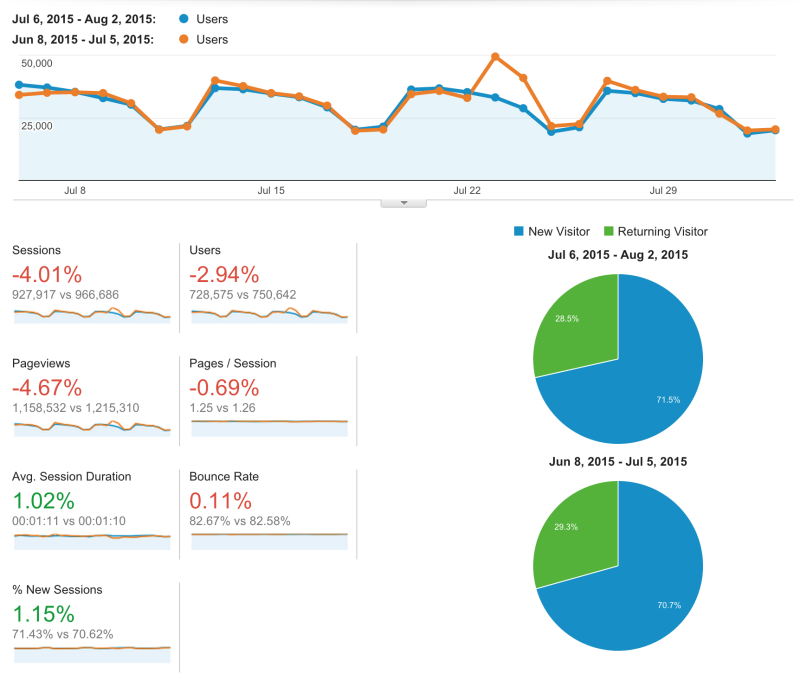
If a major chunk of your traffic comes from social media, you need to be even more careful. Buffer saw a whopping 11.43% of drop in traffic from social media from their one-month of the no posting experiment.

Writing is your bread and butter. You must build a habit of writing regularly.
Ryan from Blogging from Paradise publishes at least one 7000 word blog post every week. He advises writing 1000 to 2000 words daily (to be more precise he advises doing it 362 days in a year).

I am not advocating that you publish a long-form 4000 word blog post every week.
You need to devise a posting strategy based on your niche and your target audience.
Create an editorial publishing calendar and stick to a schedule.
- It builds anticipation in your audience and serves them deeply.
- Writer’s block is largely taken off the table.
- It helps your website’s SEO.
Look at self-improvement blogger – James Clear. In his blogging journey of 939 days, he has written a new post every Monday and Thursday.

So how has this posting consistency helped his blog?
200, 727 – That’s the size of his email subscriber list. You be the judge.
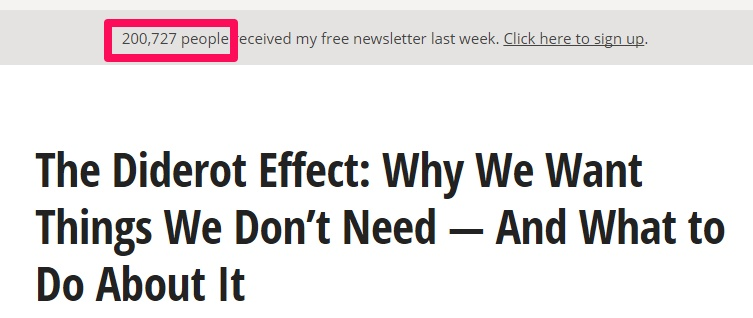
Your editorial calendar should align with your inbound marketing strategy. Here are some questions to consider while creating your calendar.

On WordPress, you can get started with the Editorial Calendar plugin to organize your schedule. It’s free and provides a simple drag and drop interface.
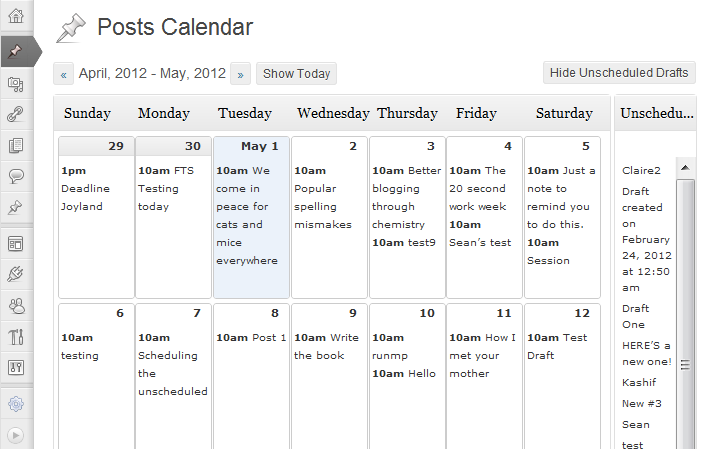
Alternatively you can also use Trello. It’s used by huge blogs like Mashable and ReadWrite.
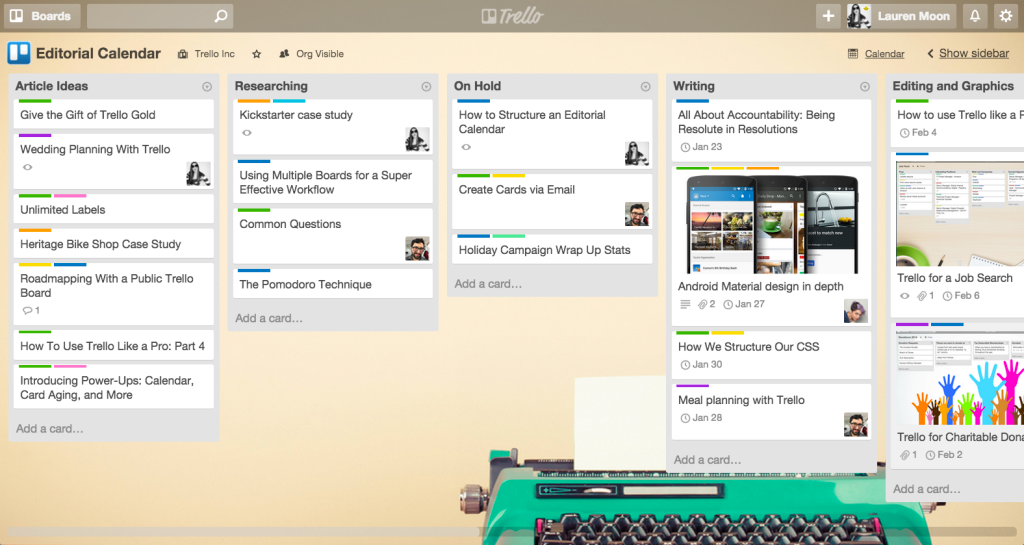
4. Self-indulgence in the name of Storytelling
Are you blogging to fulfil your business goals?
Then you need to keep your readers first I can download music from napster.
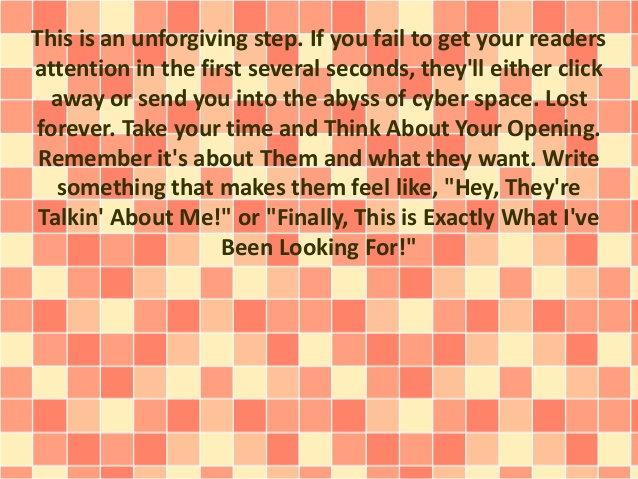
Your content marketing goals will most likely be educating your audience, addressing their pain points and inspiring them to take action.
So, don’t sprinkle all of your articles with tidbits about yourself, your problems and your irrelevant life stories.
Discipline yourself to write every word with the audience persona in mind. If a story doesn’t appeal to your audience, then it’s hurting your blog and your business goals.
So, then what’s all the fuzz about storytelling, you might ask?
By including a narrative, GrooveHQ found a 296% increase in their full-page readers and 520% increase in average on-page time.
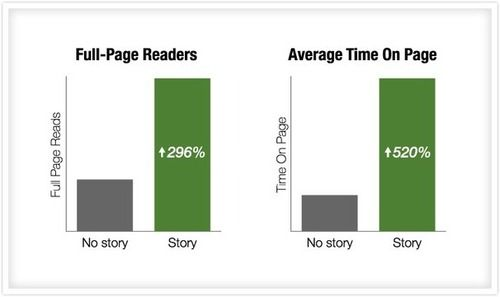
It’s about contextual relevancy.
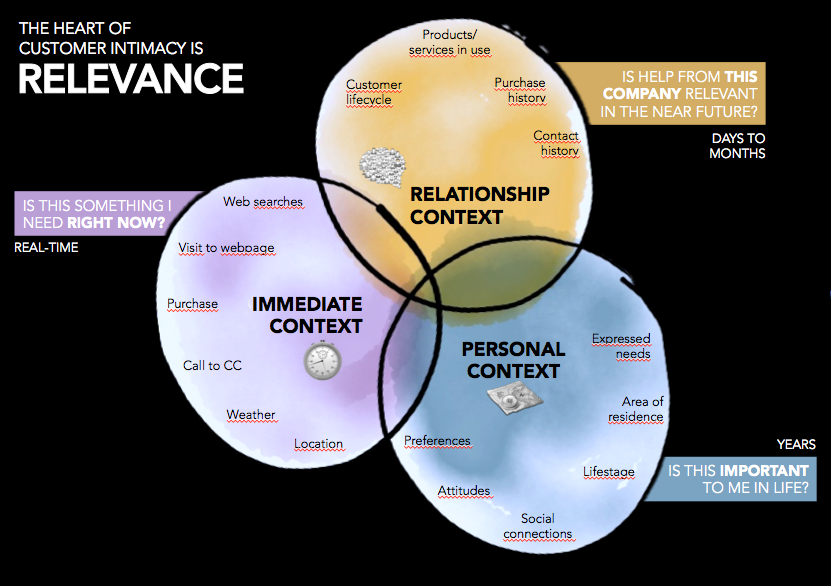
You can share your experiences and even weave fictional stories into your content that add value to the reader. It’ll add color and personality to your posts and improve their clarity.
Before sharing a story, ask yourself:
Is there least one meaningful lesson for the reader in my story?
If your answer is yes, then it makes sense to integrate the story.
Here are tips by HubSpot for developing a story that resonates with your audience.
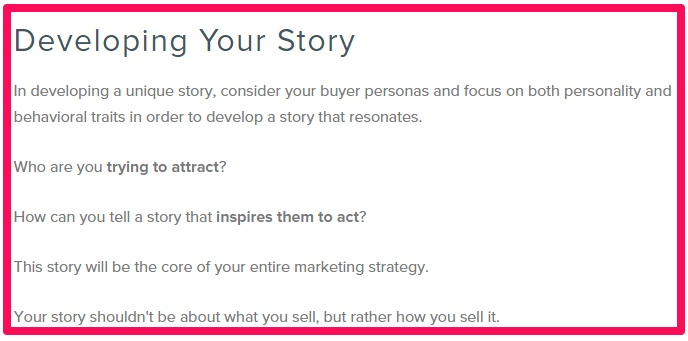
Remember that some stories need to be shared visually. Using images and videos can strike a
better connection with your audience and lift your brand personality.
Look at the sensory evoking Squarespace website creation advertisement.
To get started with digital storytelling, you can explore these 9 free tools.
5. Relying on SEO or social media as your magic wands for traffic
Are you thinking of building backlinks before gaining your audience’s trust?
Do you think about Google first and your users second?
Then you’re at a huge risk.
Keyword stuffing. Spammy article directory submissions. Thin content with no value.

All such blackhat strategies to cheat Google’s algorithm will kill your website – maybe slowly but it will die.

Instead, write for your target audience/marketing persona.
Perform keyword research, but from the perspective of market research. Don’t perform it to find your traffic potential.
What you should really be hunting is for the popular keywords your readers are searching. Comprehend the exact language they’re using.
Don’t expect to get a steep traffic rise from search engines right away.
It takes least 4-5 months for a new website to pick up significant search engine traffic and, you might end up getting stuck on page 25 for competitive industry keywords lieder herunterladen iphone kostenlos.
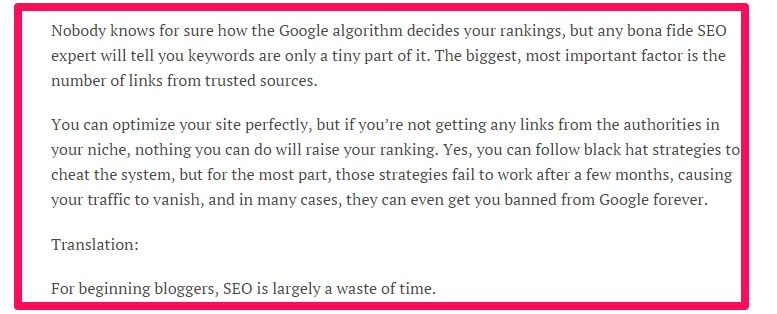
You need to build your audience, establish your brand authority and create cornerstone content first.
As you keep adding value, you’ll be happy to find that writing for people works well for search engines.
Similar arguments go for social media.
Facebook, Twitter and Pinterest are good traffic sources.

But in your first year:
Don’t invest substantial amounts of your time and money on building a following on the major social media platforms.
Focus your efforts on getting 5000 (or least 1,000) email subscribers first.
Jon Morrow found that social media platforms drive the second lowest Visitors per Hour (VPH) out of all the traffic driving techniques.

Note: VPH is unique, targeted visitors acquired in a 30-day period divided by hours invested
So, what should you spend your time on as a budding blogger?
Modern Keyword Research Methods: I’ve already written in detail how you can use Quora, niche forums, Twitter chats, Udemy and other tools to perform effective keyword research.

Yoast SEO: Once you find keywords, integrate them naturally in your writing and ensure good on-page SEO using Yoast.

Buffer: For scheduling your social media updates in batches and remaining productive with social media marketing, you can rely on this tool.
It can connect to all of your major social media accounts and schedule updates simultaneously on any or all of them.
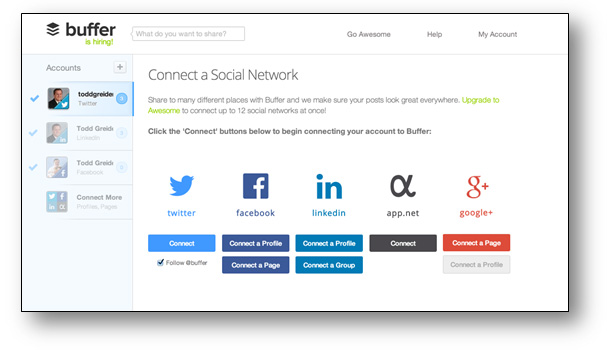
6. You think that value adding high-quality content will open floodgates of traffic to your website
Less than 1% of created content gets more than 1000 social media shares.
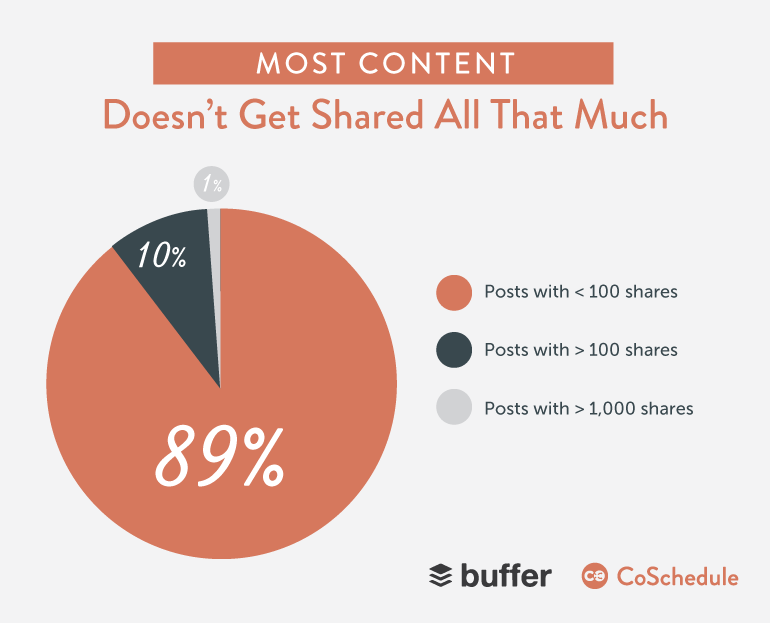
So do you need to be lucky to attract those thousands of social media shares and a substantial amount of traffic to your blog?
I don’t think so.
Generally these two barriers restrict your content’s reach:
- Your definition of value adding high-quality content.
- Solely relying on sharing your post from your personal social media platforms as a promotion strategy.
Rather you need to create the right kind of content …
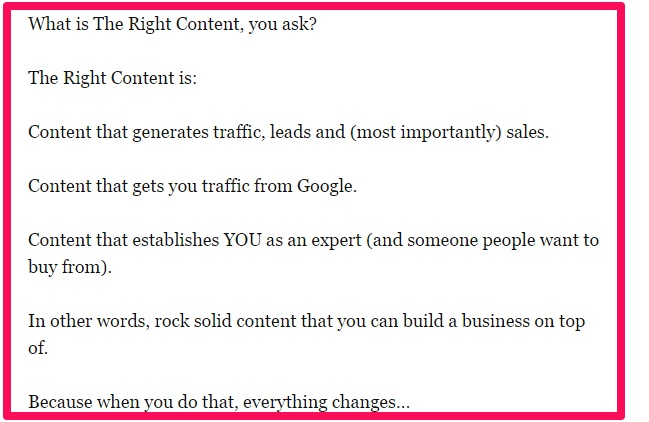
and plan a strategic outreach campaign to build relationships with the influencers in your industry.

Let me elaborate.
Recently I shared 14 examples of epic content at Quick Sprout. No doubt every piece was high-quality and added immense value to maybe a million people.
But did the content creators just hit the publish button and sit back to watch the traffic flow youtube videos direkt auf ipad downloaden?
Nope.
Most (dare I say all?) popular blog posts achieve successful numbers because of a documented promotion strategy.
Let me show you a couple of examples.
1. Nomad List 1.0 didn’t look very attractive.

Based on feedback the founder Pieter Levels built a new version and re-promoted it.
He explains the changes he made in version 2.0 (based on the feedback) in this launch post at Product Hunt.

2. Jon Morrow managed to get a million visitors to his inspiring post at ProBlogger. Sure, his writing style resonated with the people.
But his strategic promotion had a huge role to play in the success of his guest post.

John gives a peek at his promotional strategy for this post in his short course – “How to become a highly sought after writer.”
Don’t rely on your hunches.
Rather:
Reverse engineer the kind of content that’s already getting shared and linked in your niche by using a tool like BuzzSumo.
Devote a substantial amount of time (equivalent to writing) for promoting your content and building relationships with influencers in your niche.
BuzzStream is a great tool to organize your outreach campaigns.
Through a planned promoting strategy Brain Dean has managed to scale up Backlinko into a highly profitable business.

7. Not implementing persuasive copywriting techniques in your writing
Expert bloggers write their posts with certain subtleties.
They hook you with the headline and introduction. They empathize with your pain points. They offer special bonuses leading to instant gratification.
No wonder their writing persuades you.
With the continuously shrinking attention spans, you also need to leverage psychology triggers in your copy.
It’ll inspire your website visitors to engage with your content and take action.

Brian Dean writes his article introduction using the APP Method – Agree, Promise and Preview.
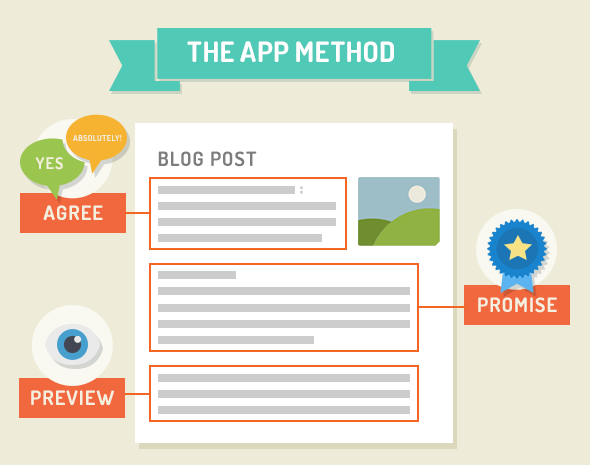
Agree is equivalent to empathizing with your audience’s pain points.
 Then comes the promise – Brian engages his readers by offering them a proof that he can solve their problems.
Then comes the promise – Brian engages his readers by offering them a proof that he can solve their problems.

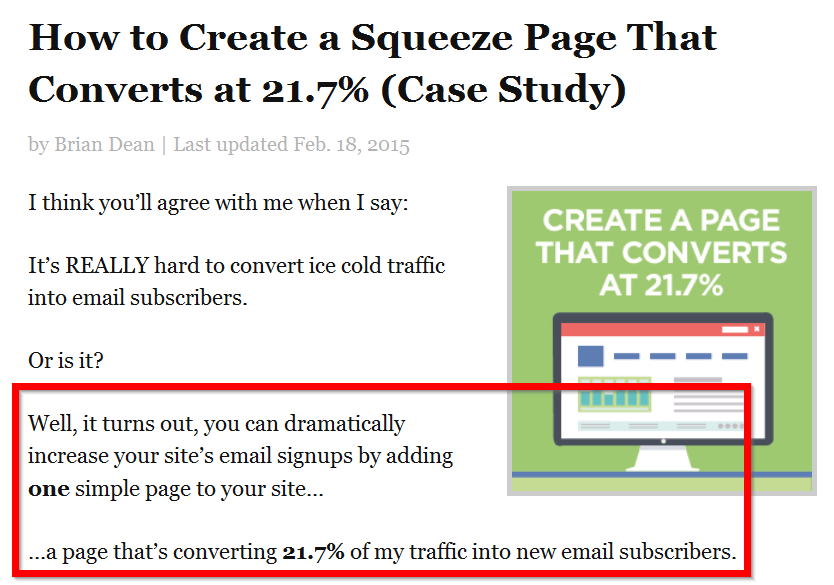
And finally he gives the readers a preview of how his blog post offers a solution to the reader’s problems.

This APP method hooks searching visitors instantly hoe apps download op sony bravia.
Besides APP, there are more tools that the pros use to create compelling content.
Here are 3 proven copywriting strategies that can have a huge impact on your website engagement and conversions.
1. Structure your blog post and social media updates with AIDA
AIDA is an advertising formula that’ll help you write captivating posts, landing page copy, direct response copy and social media updates.
Let us have a look at what each letter in the acronym represents.
Attention – Attract the attention of your reader (with an enticing headline).
Kevan from Buffer uses attention grabbing headlines in his social media updates regularly.

Interest – Give fresh and insightful information that’ll interest the reader. You can use Brian Dean’s APP method to write interesting introductions for your posts.
Desire – Stir your reader. Convince him to believe in your idea by stating its proven benefits.
Action – Once the reader has engaged with your copy, don’t assume he’ll take the necessary next step.
End your post with a compelling call to action (CTA) making it clear and easy for the reader to take your intended next step.
Here’s a print ad from Los Angeles Times that appeared in 1988 following the AIDA model. You can read detailed explanation on how the ad fits the formula at Crazy Egg.

2. Sell the benefits of your product/idea, not its features
What’s the difference between benefits and features?
Here’s the explanation from my copywriting guide.

This is basic, but an extremely effective copywriting formula.
People care about how your product positively affects their lives. Center your copy on the benefits. The features are secondary. You can call them the icing on the cake.
Which version of this iPod advertisement do you like better?
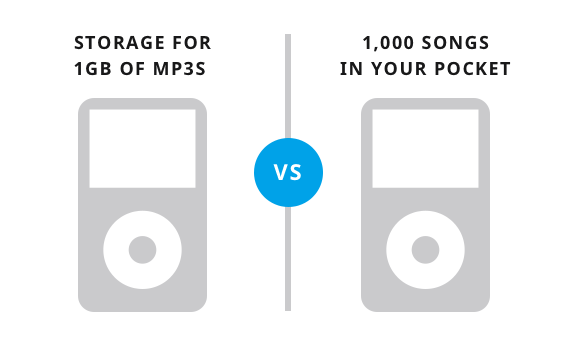
A customer will not care about the technical prowess – 1GB storage. But he’ll love to have his favorite 1,000 songs in his pocket.
Brian Clark lays down a 4-step process to extract benefits from features.
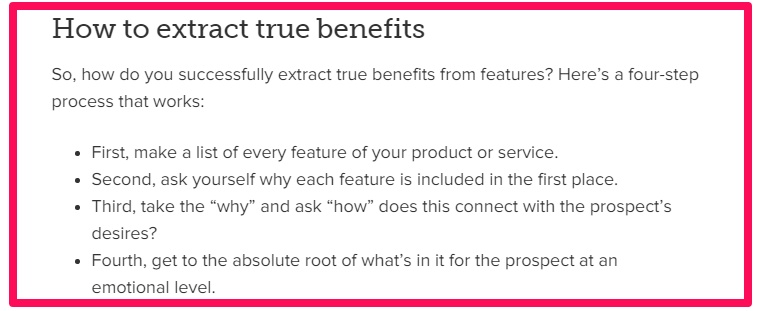
Also don’t forget to follow these writing basics.
3. “You” need to get personal
Expert bloggers understand that their readers care about fulfilling their own needs.
So they purposely shift the focus of every post towards by reader.
But how?
By using more of “you” and less of “me” and “I” in their copy.
There are few things that ignite most of us more than hearing our own name alle links downloaden.
Speak directly to your reader by increasing the use of “you” and “your” in your writing.
Check out the use of these words in the Sprint ad below.
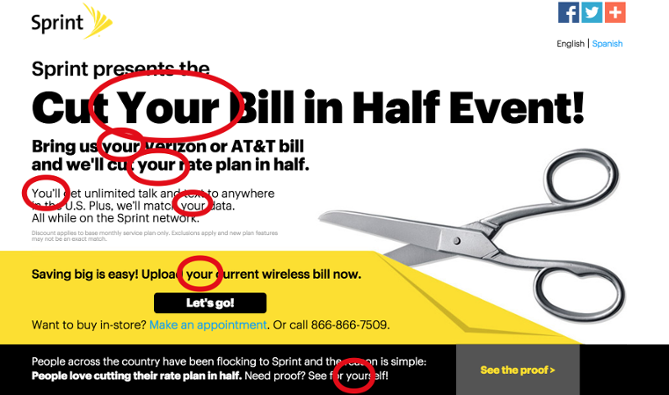
Again, don’t underestimate the effectiveness of the strategy because of its simplicity. Brian Clark lists ‘you’ among the two most important words in blogging.
8. Publishing 10 short blog posts everyday
You will most likely start out as the sole writer on your blog.
When you hear about blogs like Huffington Post pushing out 2,000+ articles in a single day, you might be astonished.
If you want to replicate even 1/100th of their success, you need to turn into a writing machine and churn out at least ten 300-word blog posts every day.
You might actually believe that.
But, you’re forgetting the huge in-house team and volunteer contributors who write for these big blogs.
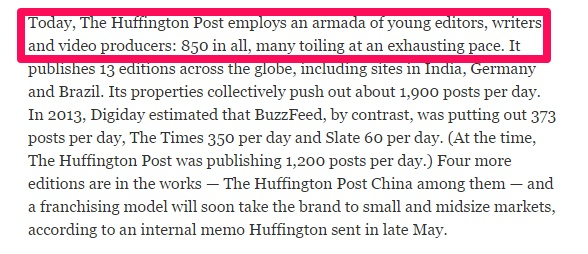
The quality of your published posts is of utmost importance. You can’t write just for the sake of it and waste your audience’s precious time.
So, unless you’ve the resources to match the big boys like Huff Po, don’t think about following their lead.
Look at the success of single person blogs like Wait But Why and Mark Manson.
Wait But Why gets over a million visitors by publishing less than one post per week.

Mark Manson publishes even less than that. He has published only 12 posts until now in 2015. And his blog is also touching close to a million visitors.
How have they managed to achieve such a huge amount of traffic with a low posting frequency?
They write original perspectives (not rehashed ideas from other blogs).

Their blog posts are often supported with original graphics.
Wait But Why supports its blog posts with stick figures.
 And Mark Manson occasionally presents his arguments with original graphs.
And Mark Manson occasionally presents his arguments with original graphs.
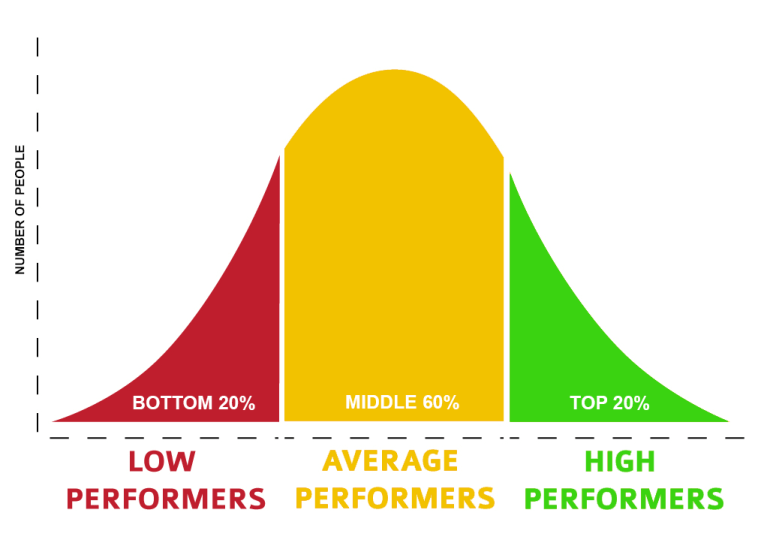
They publish only evergreen long-form content (1500 – 2000 word articles).

They care about their readers, do the leg work on their ideas and have strict quality guidelines.

Another brilliant example of a blog that thrives on low-posting frequency is Backlinko.
Brian Dean only publishes well-researched, high-quality content and simultaneously keeps updating his older posts.
His case study on the Skyscraper technique was first published and sent to his subscribers on Feb 3 icloud.com foto's downloaden.

But he last updated the post on June 18.
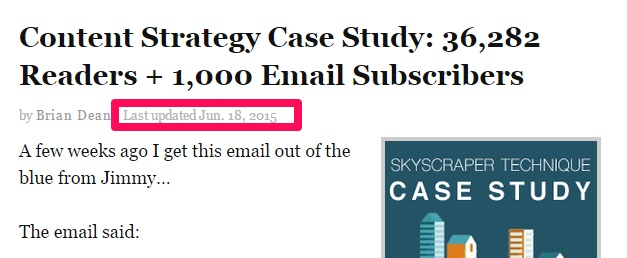
The extra effort keeps both parties happy – the search visitors and Google.
As you can see, quality beats quantity.
So: Unless you’ve got something important to say, don’t publish it.
Write one long-form evergreen post instead of 10 short blog posts with limited shelf-life. Your readers will be excited to receive your new post email newsletter.
9. Getting slapped with legal lawsuits because of improper copyrighted image attribution
How would you like paying $3000 for a photo of Nebraska?

No I am not crazy. Trust me, lawsuits are not fun.
Please exercise caution when lifting images from third party sources.
It doesn’t matter if you picked up the image by using Google’s non-commercial filter. There are many incorrectly listed images.
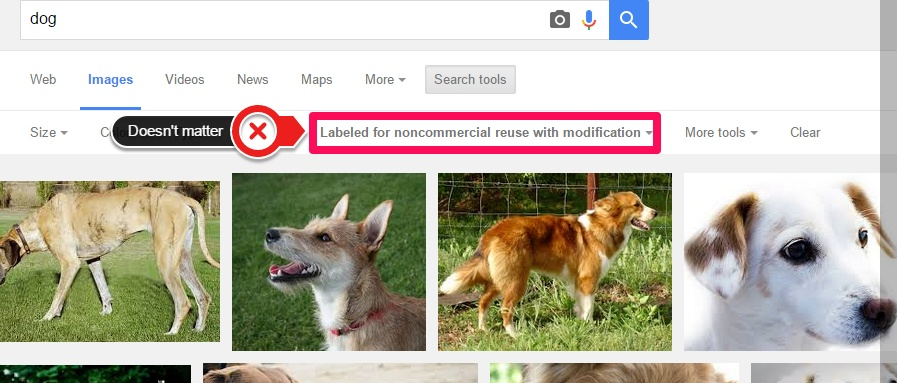
It doesn’t matter if you did it accidentally or have a disclaimer on your website.
Heck, it doesn’t matter even if you gave credits to the photographer and the source.
Let me just summarize the list of things that don’t release you from liability.
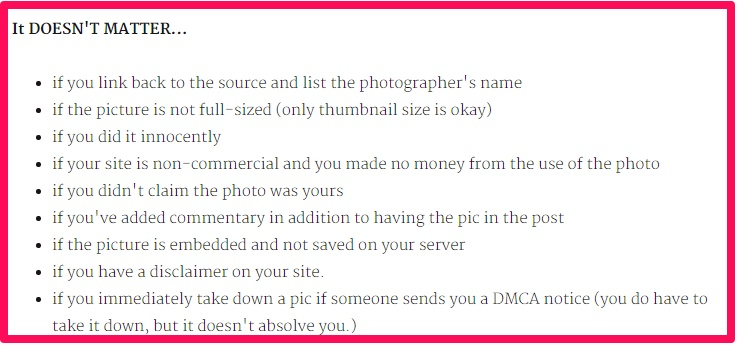
But you may ask – How probable is it that you’ll get caught?
The copyrighted image is probably buried among 100s of other pictures you’ve used on my blog.
I am sorry to break it to you.
But, sooner or later you are going to get caught.

Instead of screwing yourself over, understand the nuances of copyright infringement.
Even images with creative common licenses and public domain repositories have implications beyond attributing the owner and linking to their website. You don’t know what counts as fair use.
When in doubt, don’t risk a copyright violation. Use an image only after authorized permission from the owner.
So what are your safest options?
- Purchase stock photos from a website like Photo Dune. Or buy a yearly subscription.
- Hire a photographer or a graphic designer.
- Learn photography and buy a DSLR camera.
You can learn more about fair use of online images at Social Media Examiner.
If you’re on a tight budget, you can search for images from the lists of free stock photo websites at nuSchool and Canva.
Again, there are caveats, even when you use photos from the websites listed in the above two articles. You need to carefully pick photos and attribute them to the owner (wherever required).
When writing content, you also need to cite sources and quote other bloggers properly – it is internet etiquette.
It’s best to mention the name of blogger you borrow a quote from and link to their website download bewerbungsschreiben kostenlos.

And when citing statistics, link to the report.
![]()
You can learn more about citing sources on major social media channels like Facebook, Twitter, LinkedIn, Google+ and Pinterest in this post from HubSpot.
10. Starting a free blog to avoid technical hassles
Are you going to take blogging seriously?
Starting a free blog on WordPress is easy as 1… 2… 3.
In under 2 minutes, you can have your own website with an address like:
YourName.wordpress.com.
But on such a free blog your growth and monetization options are very limited.
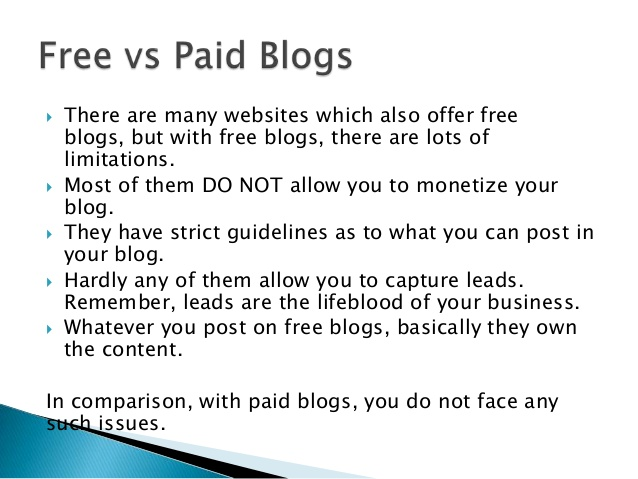
Even if you’re just testing the waters, you need more professional setup and control.
With a free blog, you’re always living with the danger of getting your blog shutdown
Why?
Because you unknowingly violated the terms and conditions.

And all of your efforts are in vain.
Save yourself the pain of losing your audience and content.
Start with your own host. Many hosting companies even offer a hosting plan with a free domain for the first year. They sometimes will even install WordPress on the domain for you.
Even if they don’t, you’ll find tons of tutorials on setting up your website.
I recommend install WordPress – it’s powerful and fairly simple to use. You will find many WordPress tutorial blogs like WPBeginner to customize your website.
Ramsay from Blog Tyrant started with a free website on Blogger. But later regretted it.
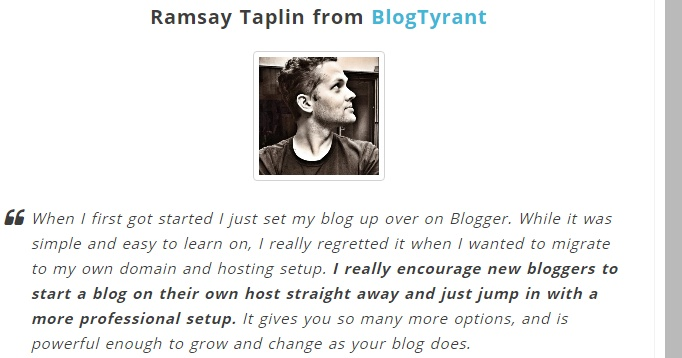
11. Not creating your own sales funnel and getting complacent with AdSense income
Just think for a second.
An advertisement sends your website visitors to your competitor’s website and they sell their products at a much higher rate than you make from the ads.
You’re better off selling your own products and services to monetize your traffic.
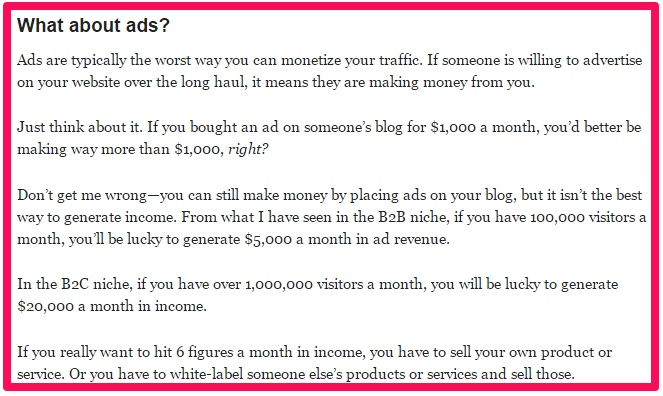
Even Zac Johnson lists not building your own products as a major blogging mistake.

So, start building your own sales funnel. It’ll take a good amount of testing and surveying of your users. But, after you put in the effort, it’s possible to earn $1 for every unique visitor.
Conclusion
It’s easy to start a blog. But the truckloads of ‘expert’ advice on blogging can confuse you.
The above blogging mistakes are some of the most common ones I’ve seen. You can correct your course by taking the necessary actions after the mistake or you can avoid mistakes in the first place.
You need to blog strategically, keeping your business goals in mind handy design kostenlos downloaden. Ramsay from Blog Tyrant lays down a simple blogging strategy you can follow.
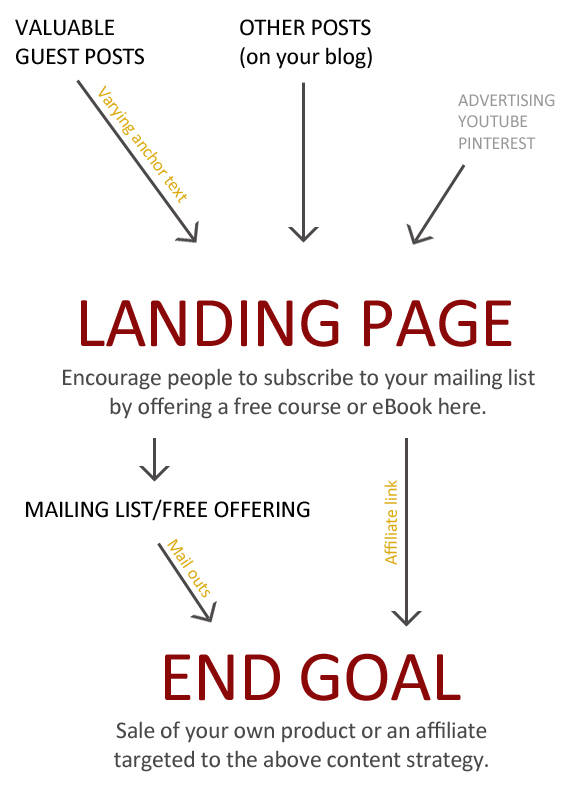
I would love to hear your thoughts in the comments.
Have you committed any of the above mistakes in your blogging journey?

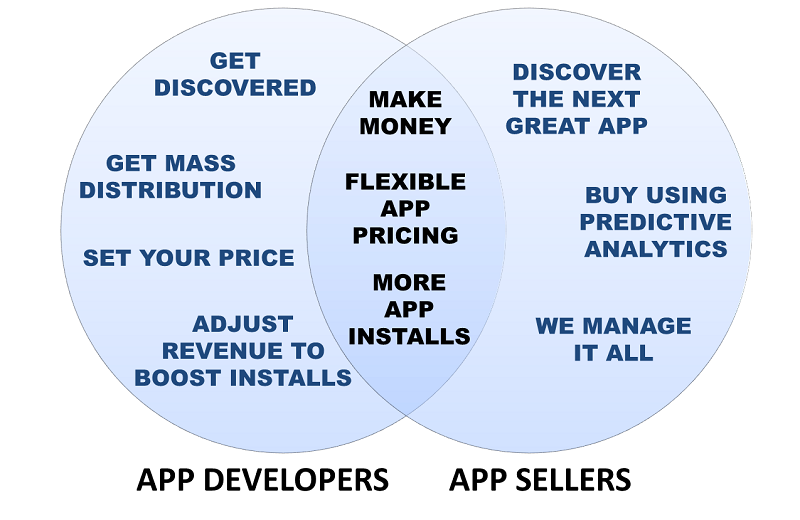


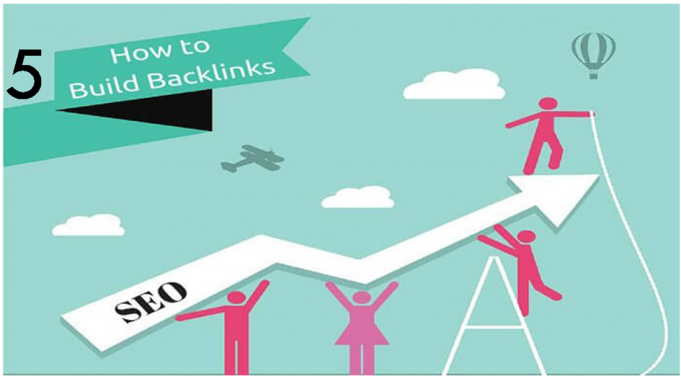
Thank you for the great post. I appreciate the effort and transparency you put into sharing your awesome post with us.